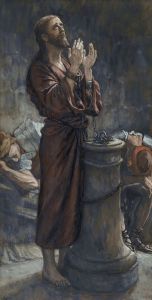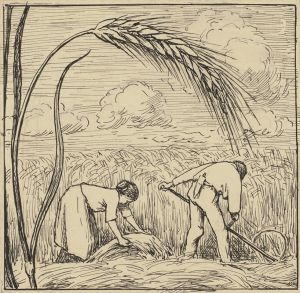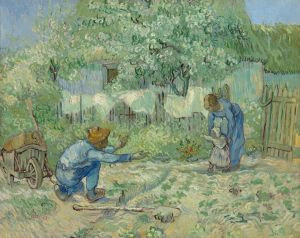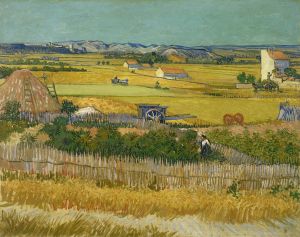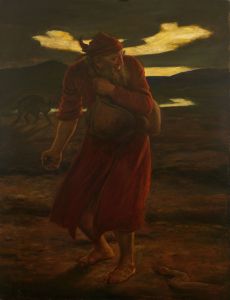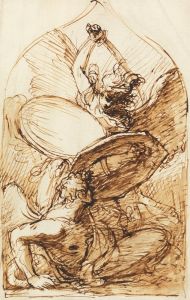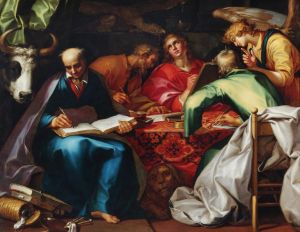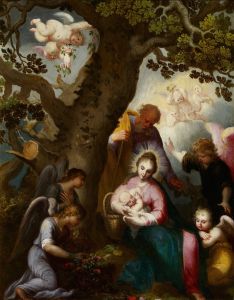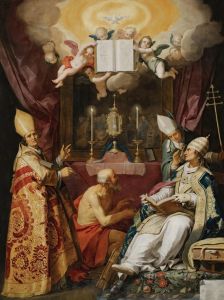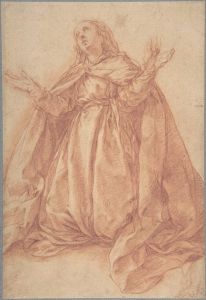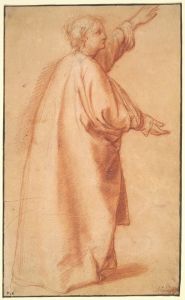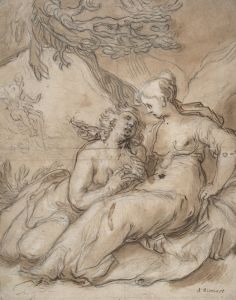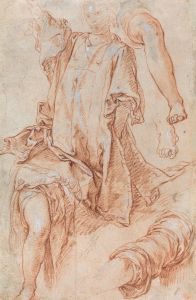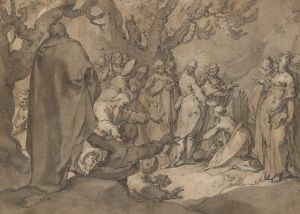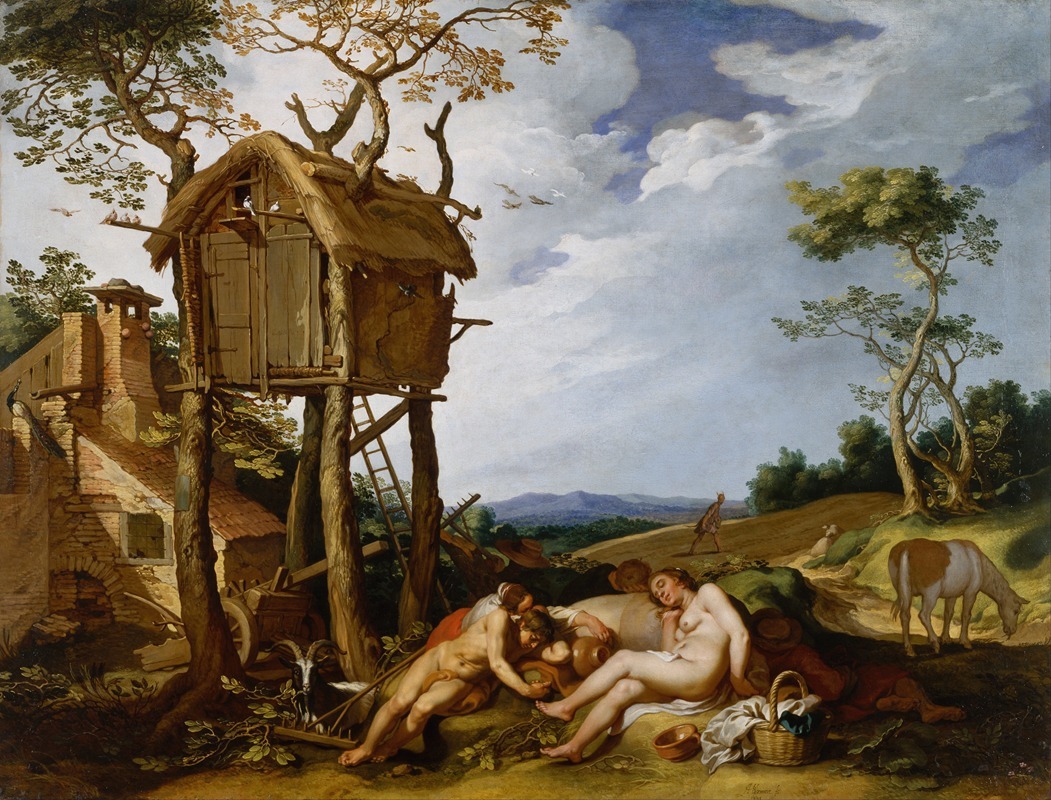
Parable Of The Wheat And The Tares
A hand-painted replica of Abraham Bloemaert’s masterpiece Parable Of The Wheat And The Tares, meticulously crafted by professional artists to capture the true essence of the original. Each piece is created with museum-quality canvas and rare mineral pigments, carefully painted by experienced artists with delicate brushstrokes and rich, layered colors to perfectly recreate the texture of the original artwork. Unlike machine-printed reproductions, this hand-painted version brings the painting to life, infused with the artist’s emotions and skill in every stroke. Whether for personal collection or home decoration, it instantly elevates the artistic atmosphere of any space.
The painting "Parable of the Wheat and the Tares" by Abraham Bloemaert is an important work of art that reflects the religious and artistic sensibilities of the early 17th century. Abraham Bloemaert (1566–1651) was a Dutch painter and printmaker, known for his versatility and contributions to the Dutch Golden Age of painting. He was a prominent figure in the Utrecht School, which was known for its Caravaggist style, influenced by the dramatic use of light and shadow.
"Parable of the Wheat and the Tares" is based on a biblical parable found in the Gospel of Matthew (13:24-30). In this parable, Jesus tells the story of a farmer who sows good seed in his field. However, while everyone is sleeping, an enemy comes and sows weeds (tares) among the wheat. When the plants sprout and bear grain, the weeds also appear. The farmer's servants ask him if they should pull up the weeds, but the farmer advises against it, fearing that they might uproot the wheat along with the weeds. Instead, he instructs them to let both grow together until the harvest. At that time, the reapers will gather the weeds first and bind them in bundles to be burned, then gather the wheat into the barn.
Bloemaert's painting captures the moment of the parable with a keen sense of narrative and detail. The composition typically features the farmer and his servants in a field, with the wheat and tares growing side by side. Bloemaert's use of light and shadow, as well as his attention to the naturalistic details of the plants and figures, exemplifies his mastery of the Caravaggist style. The painting not only illustrates the biblical story but also conveys the moral and spiritual lessons associated with it, such as the coexistence of good and evil and the ultimate judgment.
Bloemaert's work is characterized by its dynamic compositions and vibrant use of color. In "Parable of the Wheat and the Tares," he employs a rich palette to bring the scene to life, with careful attention to the textures of the plants and the expressions of the figures. The painting reflects Bloemaert's skill in combining religious themes with a naturalistic approach, making the story accessible and engaging to viewers.
Throughout his career, Bloemaert produced a wide range of works, including religious scenes, mythological subjects, and landscapes. His influence extended to his students, such as Gerard van Honthorst and Hendrick Terbrugghen, who became notable artists in their own right. Bloemaert's ability to adapt and innovate within different styles and genres made him a key figure in the development of Dutch art during the 17th century.
"Parable of the Wheat and the Tares" remains an important example of Bloemaert's work, showcasing his ability to blend narrative, symbolism, and technical skill. The painting continues to be appreciated for its artistic merit and its insightful depiction of a timeless biblical story.





